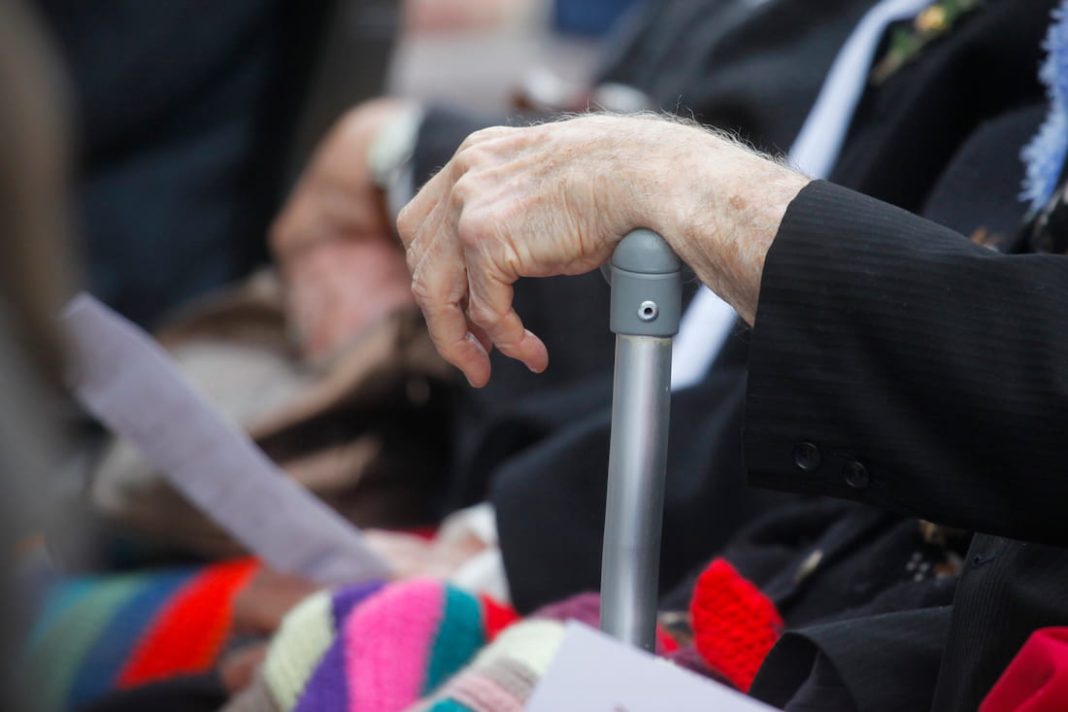Wealthier Australians are being urged to pay more for aged care so the government can help older people with lesser means access residential and in-home services.
The overall wealth of older Australians is expected to increase with the proportion of people over 65 accessing the aged pension or other income support projected to decline by 15 percentage points by the early 2060s, a review into the aged care system found.
The proportion of people on the full pension was likely to decrease because of increased superannuation and assets.
But there are still a large number of retired Australians without significant means, such as pensioners who do not own their own homes.
The government funds about 75 per cent of residential aged care and 95 per cent of home care costs.
The tax base has dwindled as the proportion of the working age population declines and the ratio of older Australians – most of whom do not pay income tax – grows.
So, if the government is to support Australians with limited means into old age, those with more savings should start paying more for their later life care to take pressure off the federal budget, the government-commissioned Aged Care Task Force recommends.
Though co-contributions have been made to aged care, these make up just five per cent of funding, which the report says is extremely low and will not support the projected growth in demand.
Reforms are needed to make the system more sustainable, said former NSW premier Mike Baird, who sat on the task force.
“There are constraints and demands across all parts of budget,” he said.
“Asking those who have the means to contribute more is a logical step and having a safety net for those that don’t have the resources also provides some protection, so it’s a good balance.”
Prime Minister Anthony Albanese denied getting boomers to fund their retirement would punish people who worked harder.
“This isn’t about any negative aspect, this is about making sure that we have a system that’s sustainable into the future,” he told ABC radio.
“We’ll consider the recommendations, we know that it is a difficult time for people when you have a loved one who requires care who’s unable to continue to live at home.”
Superannuation should also be drawn upon to cover health and aged care costs given the purpose of the scheme is to help Australians save for retirement, the report said.
But a levy or tax to fund the aged care system was not recommended and has been ruled out by the government.
Opposition health spokeswoman Anne Ruston was also against an additional tax, saying it “doesn’t necessarily address the many challenges and particularly the choice and control we’d like older Australians to have”.
Aged and Community Care Providers Association chief executive Tom Symondson welcomed the report and urged the government to implement its suggestions.
“Aged care in Australia cannot continue to muddle along with Band-Aid solutions while the system crumbles,” he said.
“Every Australian should have access to high quality aged care, regardless of their location, income or financial means.”
Committee for Economic Development of Australia chief economist Cassandra Winzar said the sector desperately needed more funding and more must be done to bolster its struggling workforce.
“Some are operating at just 50 per cent capacity and some have closed down altogether. People are also being held in hospital due to the lack of beds,” she said.
The task force, chaired by Aged Care Minister Anika Wells, made 23 recommendations which are being considered by the government.
“This is complicated, dense, complex work,” Ms Wells told reporters in Brisbane.
“We are determined to set the aged care sector up for long-term success, to make sure that old Australians receive the high-quality care that they deserve.”
By Kat Wong and Dominic Giannini in Canberra



